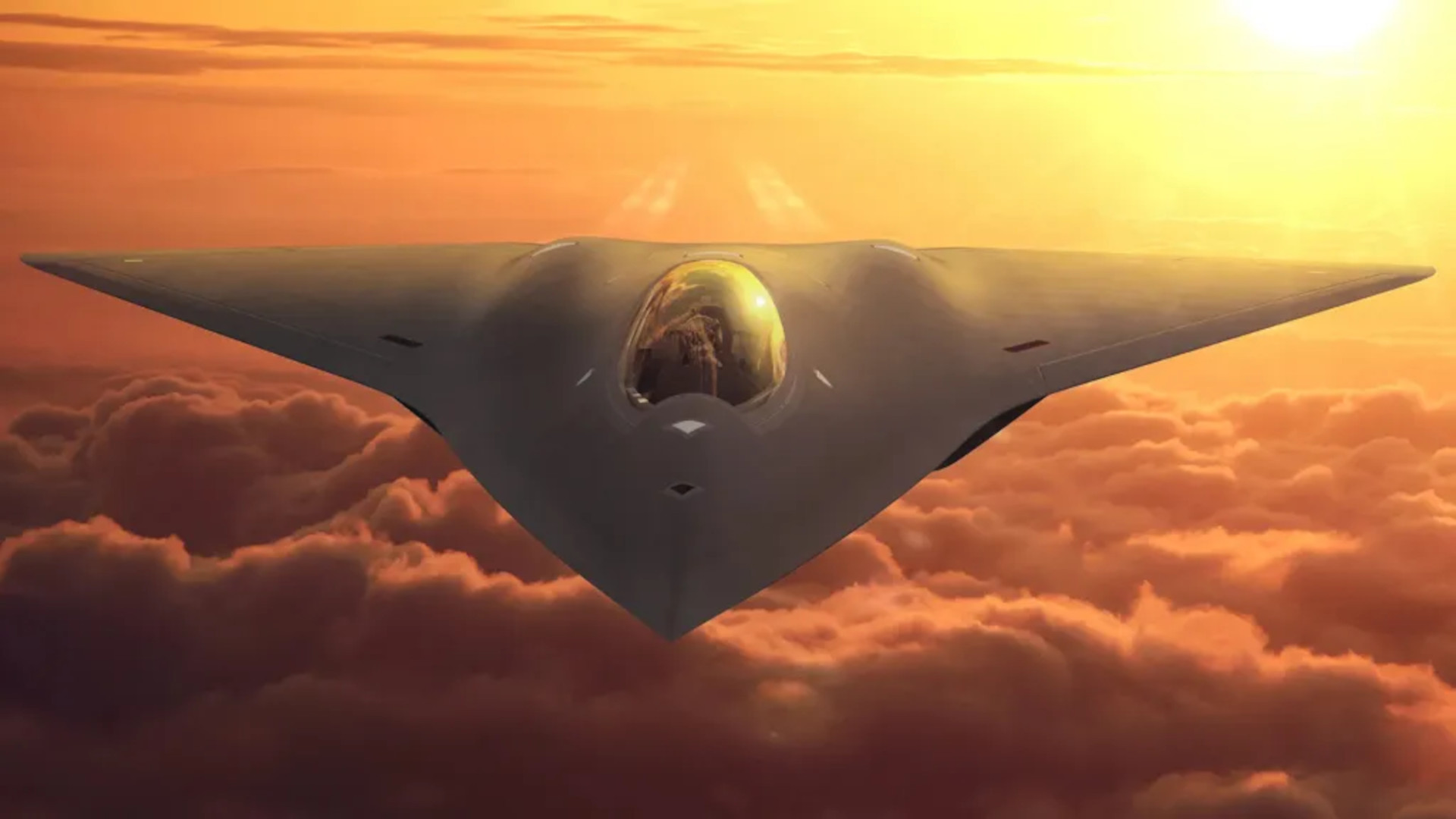The U.S. Air Force is re-examining the very core of its requirements for a new sixth-generation stealth combat jet as part of its ongoing review of that element of the larger Next Generation Air Dominance (NGAD) initiative. The service also says the reassessment touches on broader questions about the full mix of capabilities it expects to use to achieve air superiority in the future.
Air Force Vice Chief of Staff Gen. James Slife and Andrew Hunter, Assistant Secretary of the Air Force for Acquisition, Technology & Logistics, talked about the NGAD combat jet and related issues during a live-streamed talk at the 2024 Defense News Conference earlier today. The Air Force confirmed in July that it put its sixth-generation tactical aircraft plans on hold amid budgetary pressures and questions about the underlying requirements. The service has insisted that it is still planning on eventually pushing forward with this effort in some form, though what the aircraft might look like in the end, including whether or not it will ultimately require a pilot, has already been increasingly uncertain.
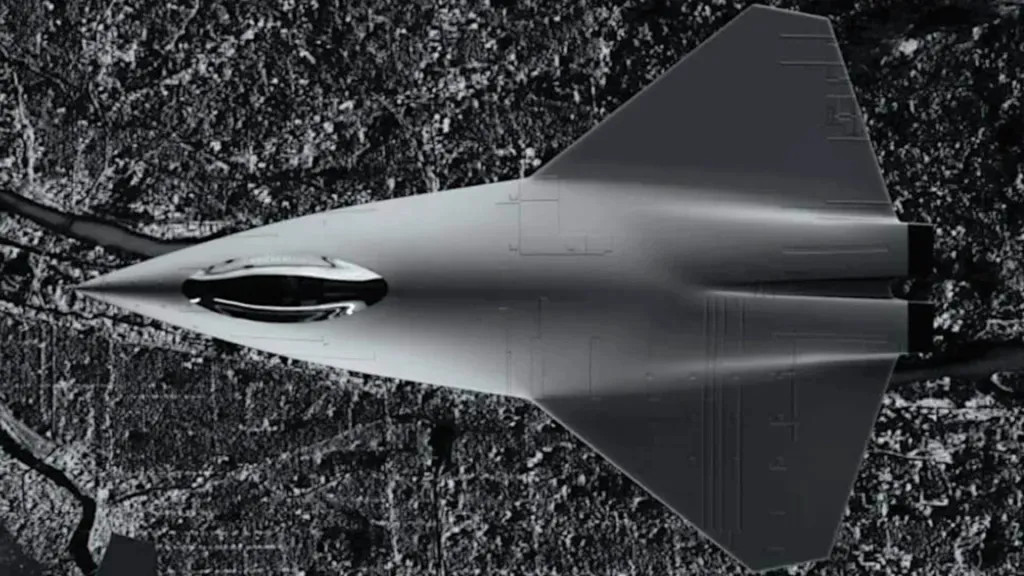
“So, from a requirements perspective, what I would say is we’re going back and starting at the beginning with what is the thing we’re trying to do,” Gen. Slife explained. “And so you kind of get two different answers if you frame the question as ‘how do we conduct – how do we achieve air superiority in a contested environment?’ That would be one way to frame the question. A different way to frame the question would be, how do we build a sixth-gen manned fighter platform? I mean, those are not necessarily the same question, right?”
“And so we kind of go back to what is it we’re trying to do up front? And I don’t know exactly how we are going to achieve air superiority in a contested environment,” Slife continued. “It may involve a manned sixth-gen fighter platform, but we’re kind of going back and looking, you know, from the beginning.”
Since “when we did the initial Analysis of Alternatives for NGAD, … you know, frankly, our technology base has advanced in ways faster than we anticipated,” he added. “And so we see … capabilities that we have that perhaps we would want to be part of this mission space going forward that weren’t baked into … where we started with the NGAD system.”
Gen. Slife specifically highlighted questions about whether the current plans for the NGAD combat jet present a path to an aircraft that is best optimized to work with the Air Force’s planned future fleets of Collaborative Combat Aircraft (CCA) drones. This is something that Air Force officials, including Secretary of the Air Force Frank Kendall, have now highlighted on multiple occasions. The service’s number two officer also talked more generally today about the potential desire to incorporate new technologies into the aircraft in response to an ever-evolving threat ecosystem.
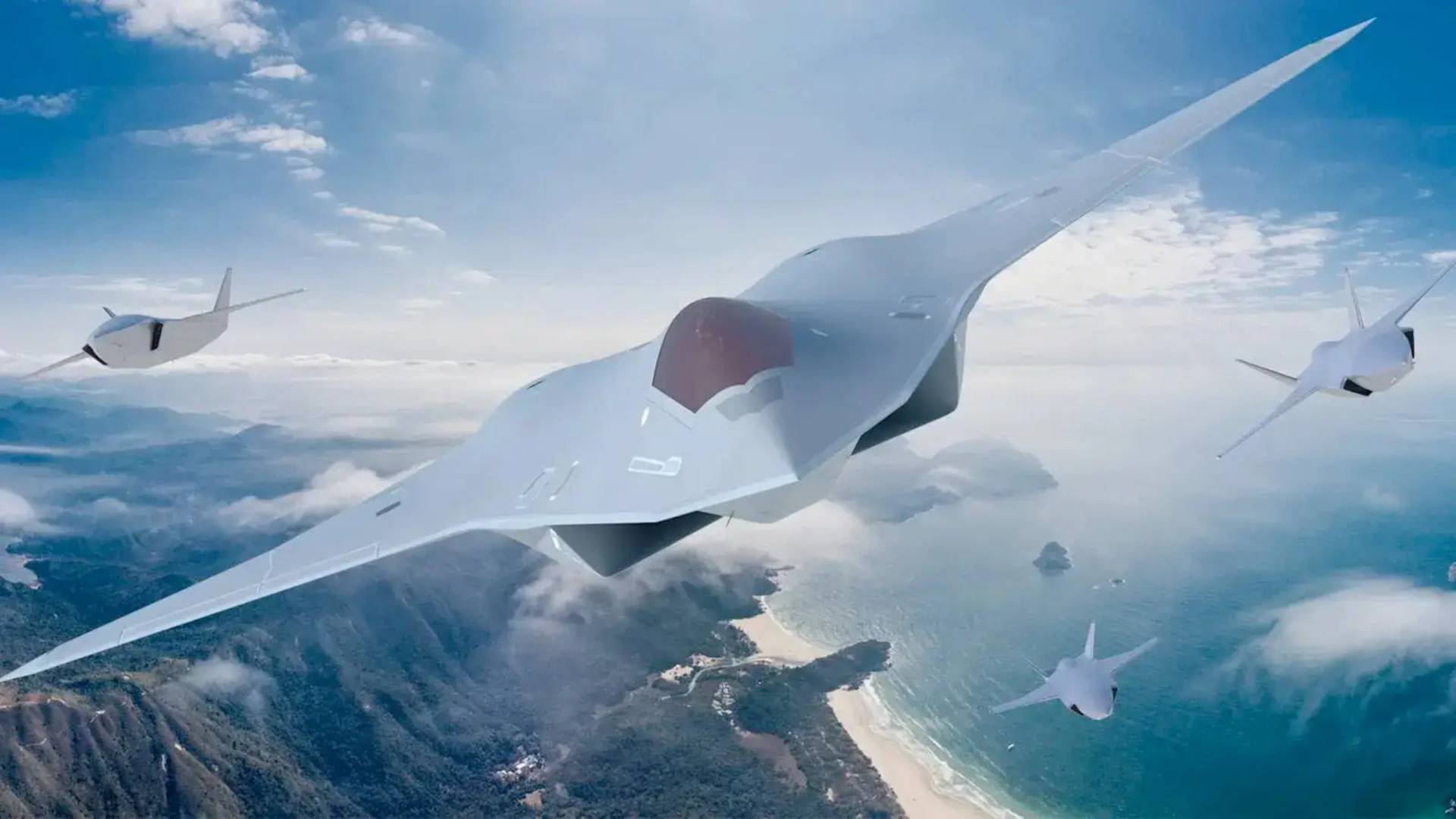
The crewed sixth-generation combat jet component of NGAD traces its roots back to a requirement for what was originally termed a Penetrating Counter-Air (PCA) platform ostensibly to succeed the F-22 Raptor stealth fighter, which emerged publicly in the mid-2010s. This, in turn, was an outgrowth of work the Air Force had done in cooperation with the Defense Advanced Research Projects Agency (DARPA). Frank Kendall, now Secretary of the Air Force, was involved in those efforts, which he has said produced at least one flying demonstrator aircraft.
Before questions about its future began emerging earlier this year, the planned NGAD combat jet had already evolved into a much more capable, but also costly aircraft than the F-22, as The War Zone has explored in detail in the past. In July, Gen. Kenneth S. Wilsbach, head of Air Combat Command, said there is now currently no timeline for retiring the F-22.
“Our approach going forward is going to be [about things as] part of our force as a whole, right? So it’s it’s not any individual platform that’s going to deliver air superiority. It’s the entire force,” Assistant Secretary Hunter said today. “And we know that we have many things in our force that we will continue to have into the next several decades. We’re going to have an F-35 force. We’re going to have a F-15EX. We have F-22s. And so what is the role that we need to have to supplement… those capabilities that we will know will be resident in our force to deliver that full capability that we need.”
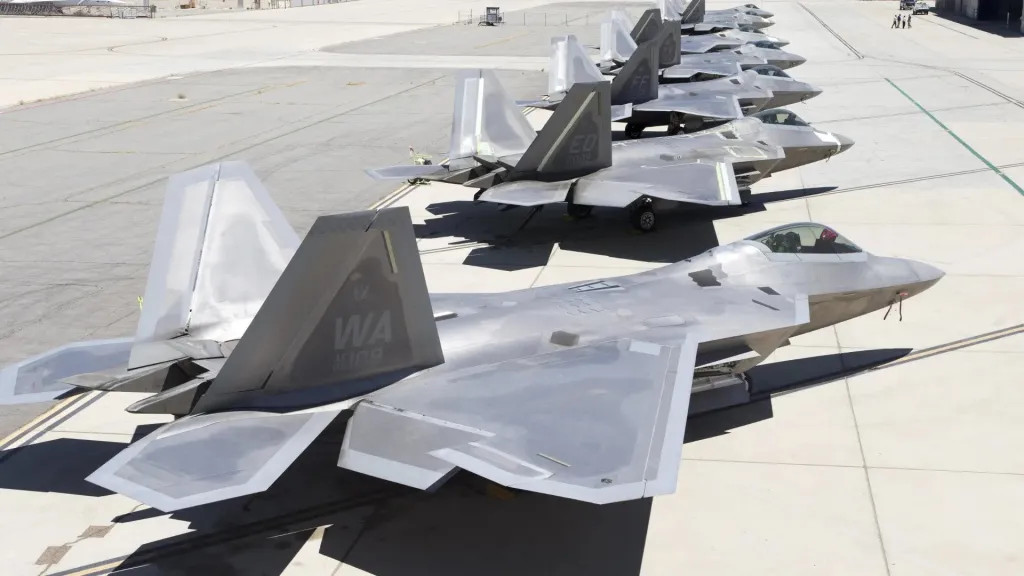
In talking today, Slife and Hunter both highlighted a broader shift within the Air Force toward a focus on ways to achieve core mission requirements rather than around specific platforms to meet those needs.
“We tend to get affixed by the prefix. You know, what I mean by that is, what can we do with airplanes that start with a C? We carry cargo because they start with a C. What do we do with airplanes that start with a B? Well, we drop bombs. Why? Because it starts with a B,” Gen. Slife said. “And, you know, in an Air Force where we have launched cruise missiles out of the back of C-17s [as part of a program called Rapid Dragon] and dropped people out of the bomb bay of… B-24s [during World War II] and things of that nature, I don’t even know what a cargo airplane is, or a bomber is, or a fighter is.”

“I know what the mission that we have to get done is, but I don’t know that we need to build an airplane to do the mission,” he continued. “We need to build a system that can do the mission.”
“I think it definitely prioritizes towards having flexibility in our approach … not being over-specified for any particular problem set or any particular approach to the problem set,” Slife added about this mindset.
Slife and Hunter highlighted the CCA program’s iterative development approach as an example of this way of thinking. General Atomics and Anduril are currently developing drones as part of work on an initial tranche of CCAs, also known as Increment 1, focused primarily on the air-to-air combat mission.
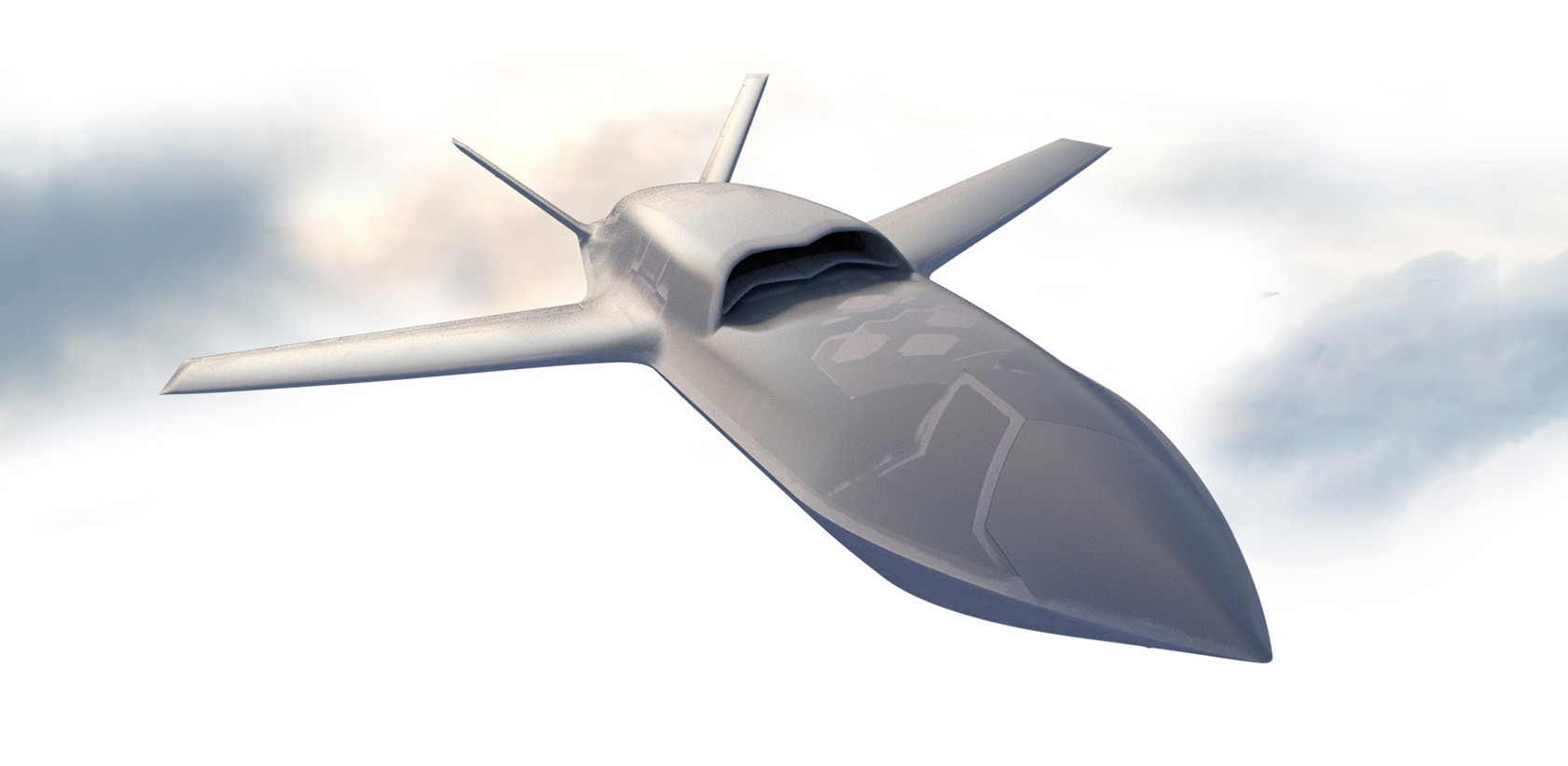
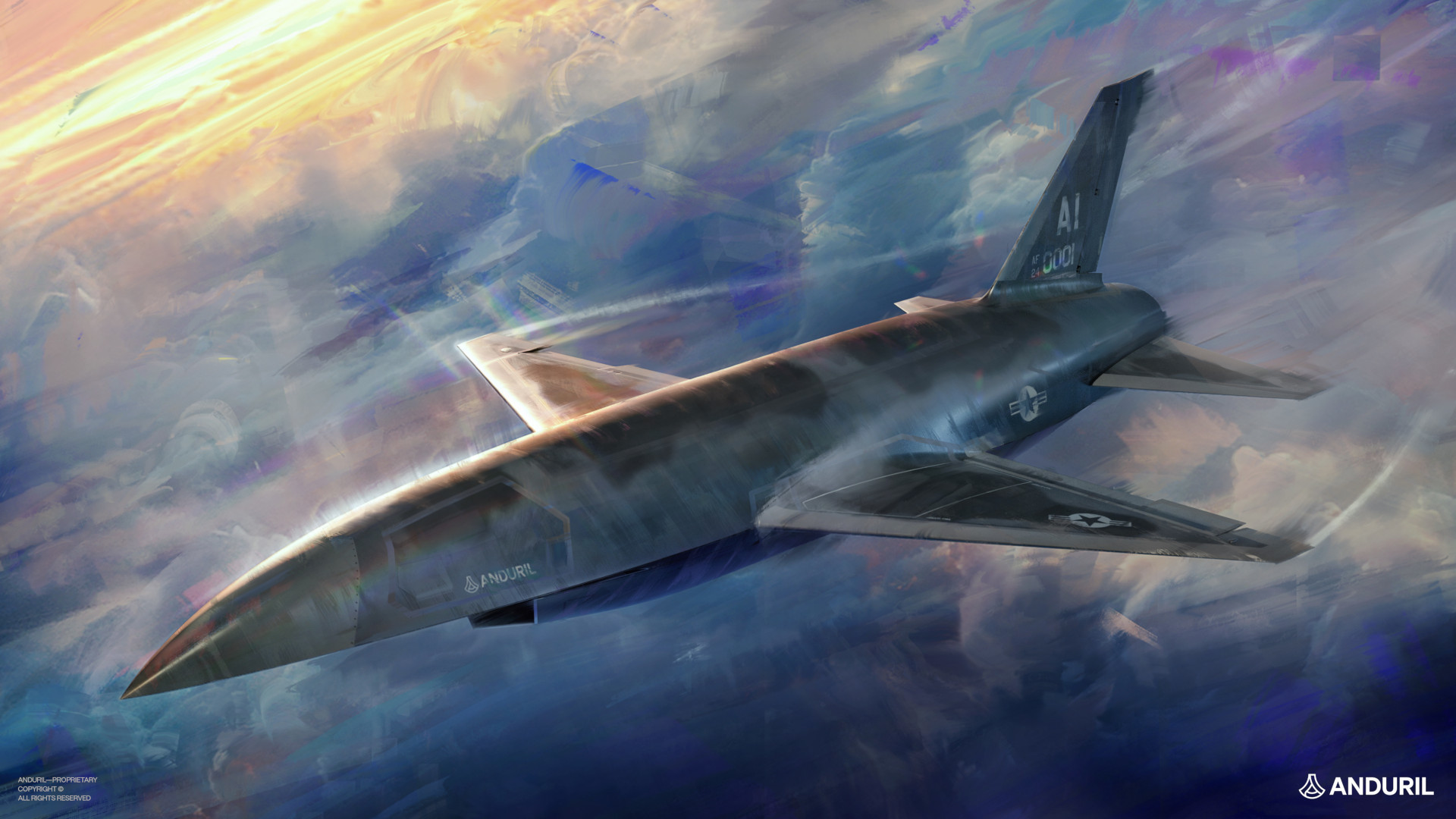
“So what should Increment 2 be? Do not assume and it may not be just an evolution of Increment 1. It could be an entirely different set of missions. Could be [an] entirely different kind of an aircraft,” Hunter said. “And so part of that initial work is, again, starting with a large vendor pool, what are the good ideas out there? We’ll have some ideas [about] what we think Increment 2 needs to do as part of a broader force, and that’s part of this broader look at air dominance and how we’re going to deliver that.”
The Air Force says whatever CCA designs it picks for any of the program’s increments that additional companies could be brought in to help produce them at scale. The service has assembled a larger pool of vendors to provide subsystems and otherwise support that effort, as well.
“We want to see what good ideas industry has so we don’t box out things that might be the right path forward, because we started by asking the wrong question,” Hunter added.
It’s interesting to note here that Air Force Gen. David W. Allvin, Chief of Staff of the Air Force, spoke about the importance of iterative development, and a vision for the acquisition of aircraft going forward focused on “building to adapt” rather than “building to last,” at the Global Air and Space Chiefs Conference in London earlier this year. Allvin’s talk was backed by a presentation that included a graphic created using generative artificial intelligence, seen below, showing a notional light stealth fighter concept. Though described as being for illustrative purposes only, this was still a very interesting visual to see amid these ongoing discussions around the future of the NGAD combat jet, as The War Zone has previously explored.
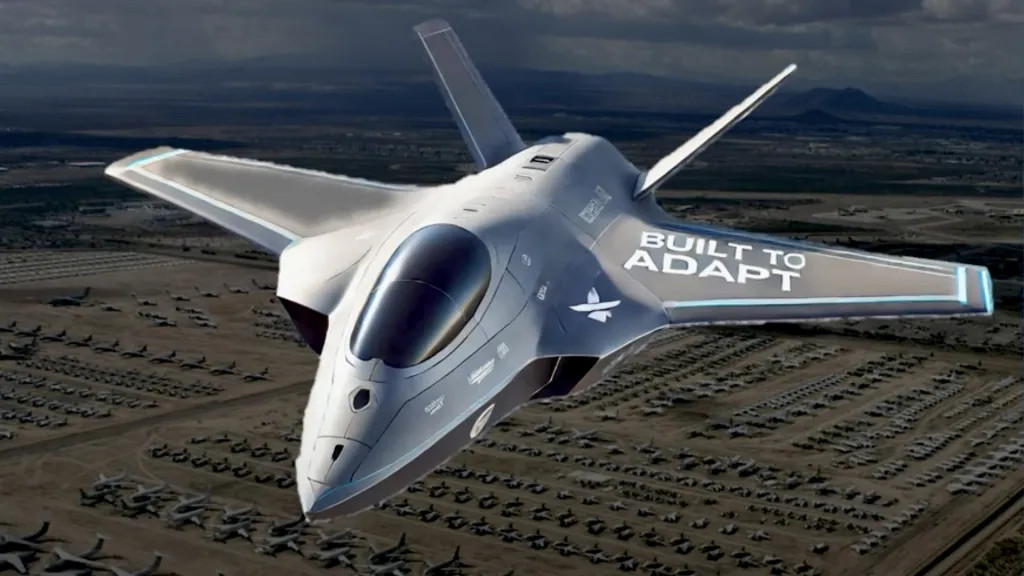
The comments today at the Defense News Conference also put remarks about the status of the NGAD combat jet that Gen. Allvin made during a talk at the Hudson Institute think tank last month into a new light.
“I want to clarify that, just because specifics and words matter. It’s the pause on the NGAD Penetrating Counter-Air platform. NGAD stands for Next Generation Air Dominance. It’s not a thing. It is a family of systems. Within that NGAD family of systems is Collaborative Combat Aircraft, is the open systems and government reference architecture, is some of the sensors that we’re developing, is some of the [other] technology. So all of those, that family of systems, is still going forward,” Allvin said at that time. “We want to make sure we evaluate that [the NGAD combat jet requirements] versus others, given the pace of the threat and how fast the threat has evolved, versus the imagined or estimated threat at the time it was being developed. And so I don’t have an announcement as to whether there’s going to be a contract award at the end of the year or not, but the rationale for the evaluation is because … we want to make sure that we don’t do something that’s a one-way door when we haven’t really looked at that design in the context of all the other things that it makes [sic; takes] to meet the requirement.
Concerns about at-best flat-lining defense budgets in the coming years together with ballooning costs associated with critical programs, especially the new Sentinel intercontinental ballistic missile and its associated infrastructure demands, are also putting pressure on Air Force modernization plans across the board. It has been projected in the past that a single NGAD combat jet could cost roughly three times that of a stealthy F-35 Joint Strike Fighter, or around $250 million based on publicly available data.
“I wouldn’t rule anything out, but I also wouldn’t rule anything back in,” Gen. Slife said today.
While the future of the NGAD combat jet continues to be very uncertain, signs are growing that the Air Force could move to complement or even supplant its previous plans to acquire those aircraft with one or more other platforms.
Contact the author: joe@twz.com
